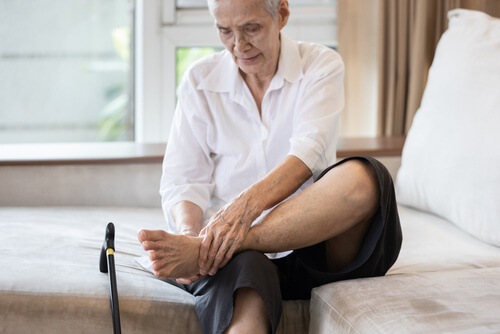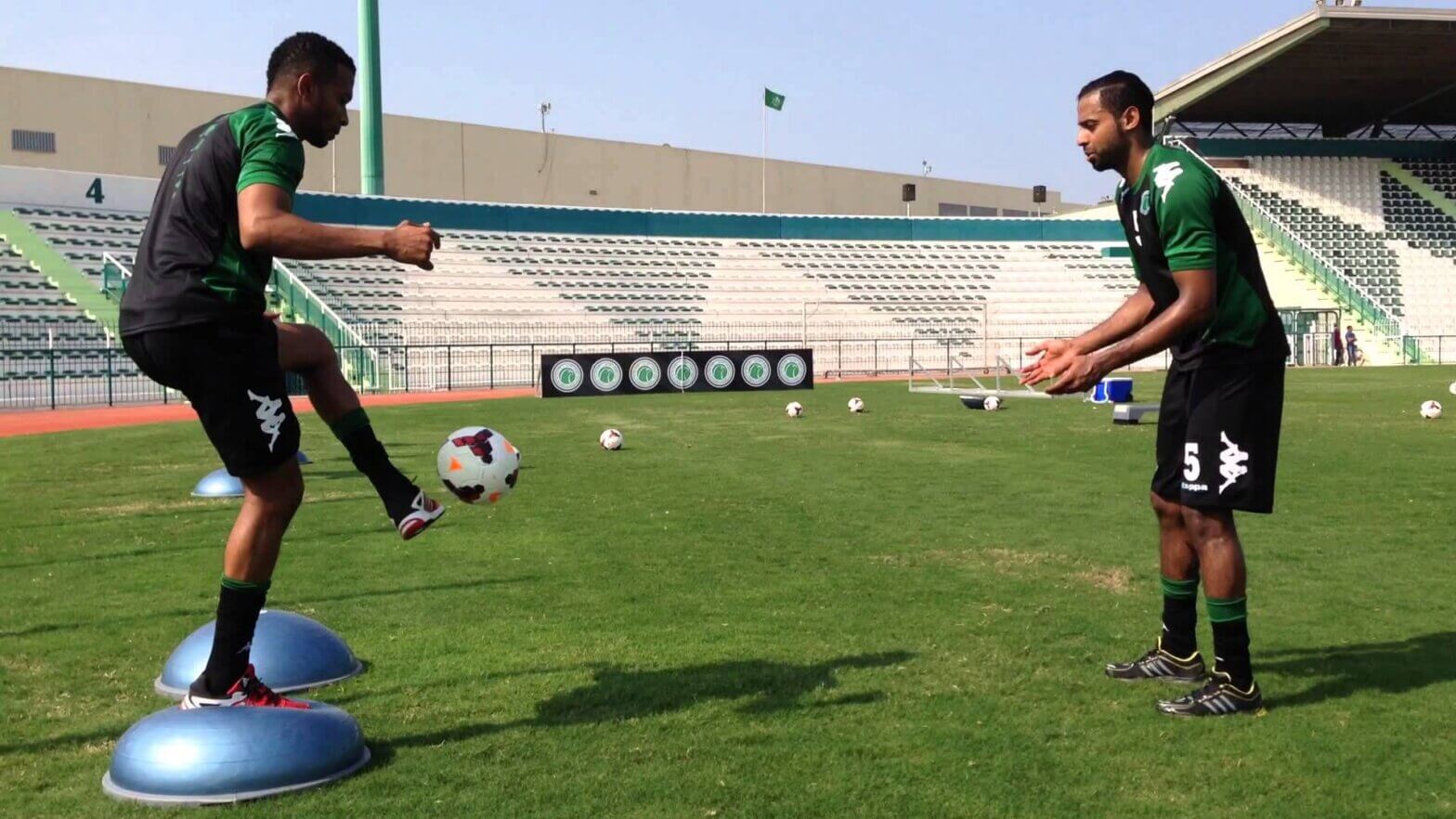According to the CDC, over 34 million people (greater than 10% of the total population) in the United States have diabetes. An even larger portion (88 million or almost 35% of the population) have prediabetes. Although there are many complications associated with diabetes, one of the most common, but also most serious and potentially disabling, is neuropathy. Peripheral neuropathy is damage of the nerves/nervous system that sends information throughout the body, including the brain. The resultant dysfunction can lead to changes in sensation and motor function, among other issues. Peripheral neuropathy can occur for a number of reasons, but diabetes is one of the most common causes. This is because the high blood sugar/glucose and fat levels seen with diabetes cause damaging changes in the nerves that interfere with their ability to send signals to the rest of the body. High blood glucose can also cause damage to blood vessels that leads to neuropathy. Increased awareness of the dangers of diabetes-related peripheral neuropathy is important to recognize symptoms so that treatment can take place as soon as possible to limit its impact on daily life.
What Does It Feel Like?
The symptoms of diabetic neuropathy vary based on the location and type of nerves affected, as well as the extent of the damage. Symptoms can be mild or severe, and usually develop over time. They are typically felt on both sides of the body, starting with the legs and feet, and eventually reaching the hands and arms. Symptoms are often seen in what is called a “stocking-glove” distribution or pattern. A person with diabetic neuropathy may experience any of the following:
- Pain that is described as burning, sharp, or electric
- Numbness/tingling in the hands or feet
- Partial or complete loss of sensation
- Increased sensitivity to touch
- Decreased sensitivity to temperature
- Muscle weakness or paralysis
These symptoms are concerning because if a person is not able to feel their feet well, they may not feel damage such as blisters or cuts. People with diabetes are particularly at risk for the development of open wounds and sores at the bottom of the feet due to the loss of sensation. If severe enough, wounds that become infected can cause significant damage to the limb that may require amputation of the toes, foot, or leg. Additionally, impaired sensation can affect balance and make someone more susceptible to falls.
How Is It Treated?
There is no true “cure” for diabetes-related peripheral neuropathy. However, treatments can help to slow its progression, reduce the severity and impact of symptoms, and improve overall functioning. This is primarily achieved through reducing and consistently controlling blood sugar levels. Lifestyle modifications such as eating a healthy, balanced diet and regularly participating in physical activity and exercise is important to maintain your target blood glucose range.
A physical therapist is a trained professional who can work with you to create a treatment plan that addresses your needs and helps you reach your goals. They can prescribe and guide you through a moderate-intensity exercise program that includes strengthening, stretching, transfer, and gait training to improve functional strength and mobility. You may also be instructed in nerve glides to help improve pain and other symptoms. Additionally, they can work with you on balance and coordination to decrease the fall risk associated with peripheral neuropathy. Finally, a physical therapist can provide education to patients and their families on proper positioning, safety, activity modification, wound care, and prevention strategies.
If you experience symptoms of peripheral neuropathy due to diabetes or another medical condition, call Respire Physical Therapy at (703) 671-1871 or click here to schedule an evaluation and start gaining control of your numbness, tingling, and pain today!
Tags: choosept, arlingtonva, alexandriava, Pain & Inflammation, Physical Therapy, springfieldva, fallschurchva, physical therapist, movement freedom, Foot Pain, peripheral neuropathy, Radiating Pain, Diabetes



